#reclaimthebindi
“Indrani”
Part 8 & the final piece of the ‘Desi Remix’series.
[Remix of Time Saving Truth From Falsehood & Envy by Francois Lemoyne]
Indrani, also known as Shachi, is one of 7 Matrikas (a group of goddesses depicted together as the divine mothers of war and emancipation). She is also the goddess of wrath and jealousy. But most significantly, she is known for developing the concept of “Shakti”, which means power, or the “personification of feminine creative might”. This power manifests through female embodiment, and is believed to be responsible for all creation and change in the universe. She founded the idea that the female companion is the most important “Shakti” of all, and because of this she was seen as independent from all other goddesses.
Additionally, Indrani personified a reversal of traditional gender roles. While most goddesses of this time period derived their names from their husbands (for example: Varuni–wife of Varun), Indrani’s husband, Indra, derived his name from her. He was also occasionally known as “Shahchipati”, meaning one who possesses Shachi, or feminine energy. By definition, her alternative name Shachi states that women are the source of all power. The name Indrani translates to queen of gods.
In early Vedic literature, Indrani was depicted as the female shadow of her husband, which further defied the dominance of male gods, who almost never associated their wives as essential forces during battle. In this depiction I challenge mythological gender roles by taking it a step further. Here we see Indrani saving her husband and standing at the forefront of the fight- a true reversal of the typical “damsel in distress” scenarios of this time period. Since Indrani herself defines power, her strength is not tied to any male characters. She’s strong enough to stand on her own, which is why metaphorically she takes a buff, muscular form. Her Shakti is one that can be neither created nor destroyed, making her role one of a kind in Indian feminism and a pillar for feminine worship.
Instagram | print enquiries: [email protected]
[Please note: The figures in this composition are not made up characters of my imagination. They are historic/ cultural figures, which is why their physical appearance is purely based off literary & scholarly research in order to maintain utmost accuracy to what they looked like in real life. Any alternate interpretations other than what is listed above is completely non-intentional or reflective of my views as an artist.]
Post link
“Savitri”
[Part 4 of the “Desi Remix” series // Remix of “The Kiss” by Gustav Klimt]
Savitri is so beautiful & pure, she intimidates all the men around her.
When it comes time for her to get married, no one asks for her hand, so she sets out to find her husband on her own. She goes on a pilgrimage & eventually finds Satyavan, the son of a blind king living in exile in the forest.
Although perfect in many ways, Satyavan was destined to die within a year. However, knowing this and despite many advising her against choosing Satyavan, she decides to marry him anyways.
The day Satyavan is predicted to die, Savitri accompanies him into the forest. While cutting wood, Satyavan suddenly becomes weak and falls into Savitri’s lap. Yama, the god of death, comes to take Satyavan’s soul but Savitri chases after him as he carries her husband’s soul away. When he tries to convince her to leave, instead she fires back with her wit. Yama, impressed by her speech, praises her and offers her any wish except the life of Satyavan. Thinking carefully, she first asks for her father-in-law’s sight to return, then a 100 children for her father, and finally a 100 children for her and Satyavan. Her last wish leaves Yama with a dilemma, as it would require Satyavan to be alive. However, impressed by Savitri’s dedication & determination, he changes his mind and decides to grant her any wish, including Satyavan’s life. She instantly asks for his life back & Yama blesses Savitri’s life with eternal happiness.
As with all the women of this series, Savitri is another example of beauty beyond the physical. Her words have their own strength & she proves that there is power in action. She defies all “damsel in distress” storylines of mythology & ironically turns them upside down to stand up for a man. If “herstory” exists, it’s because of women like this.
Post link


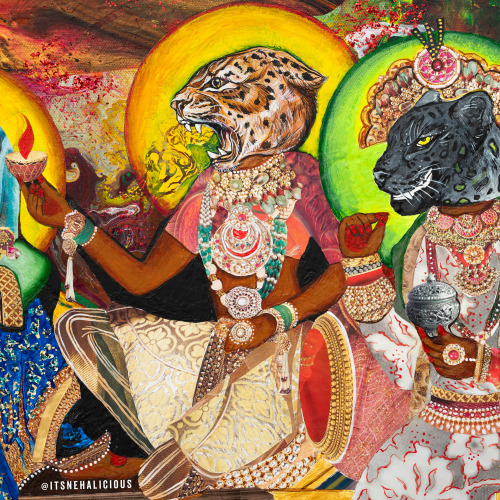
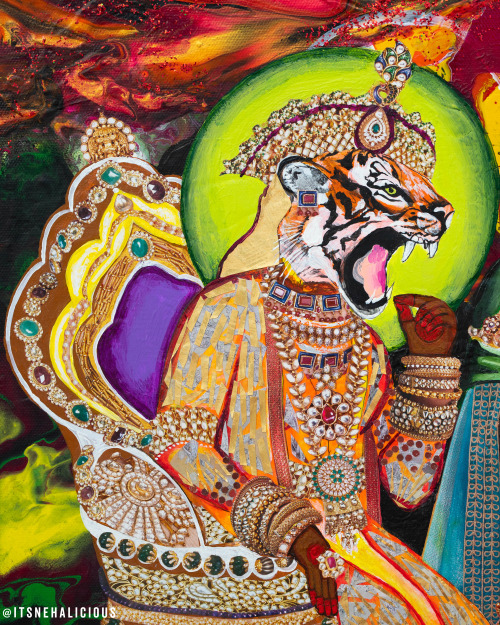

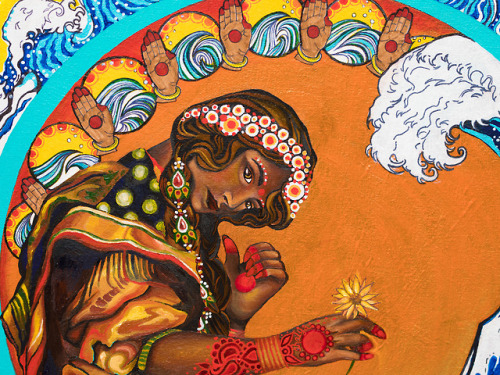
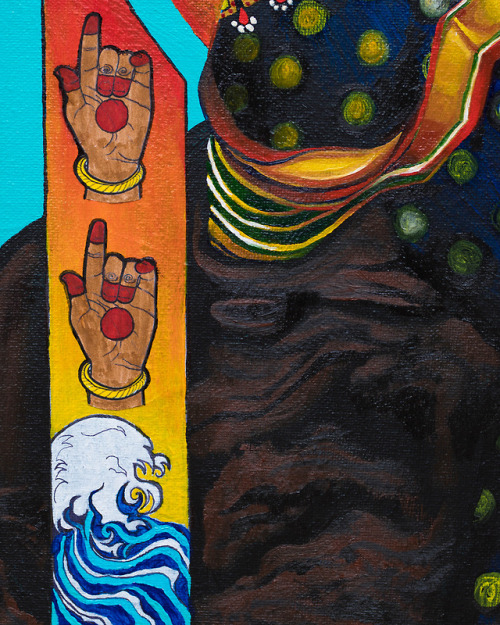



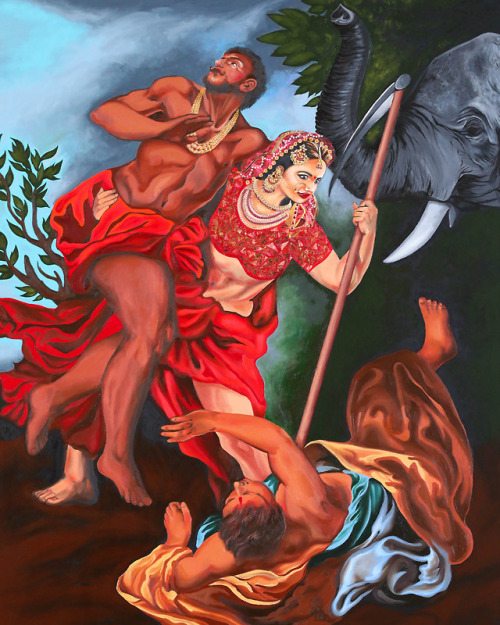

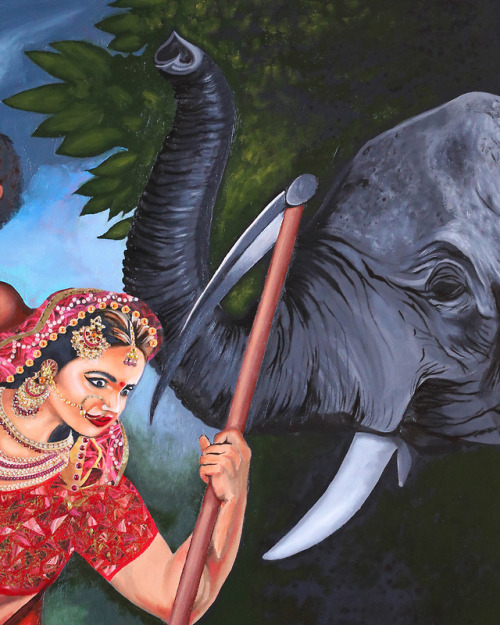
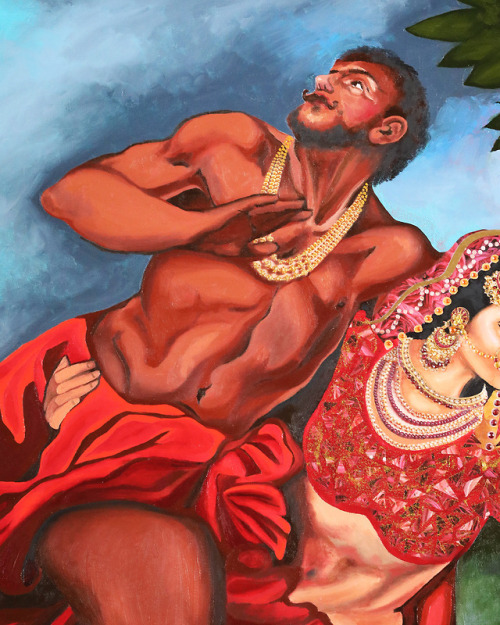
![“Savitri” [Part 4 of the “Desi Remix” series // Remix of “The Kiss” by Gustav Klimt] Savitri is so b “Savitri” [Part 4 of the “Desi Remix” series // Remix of “The Kiss” by Gustav Klimt] Savitri is so b](https://64.media.tumblr.com/6041c82b32847b1ab7738e58d0cd8be7/tumblr_oeh6qlYh621s2xw6vo1_500.jpg)